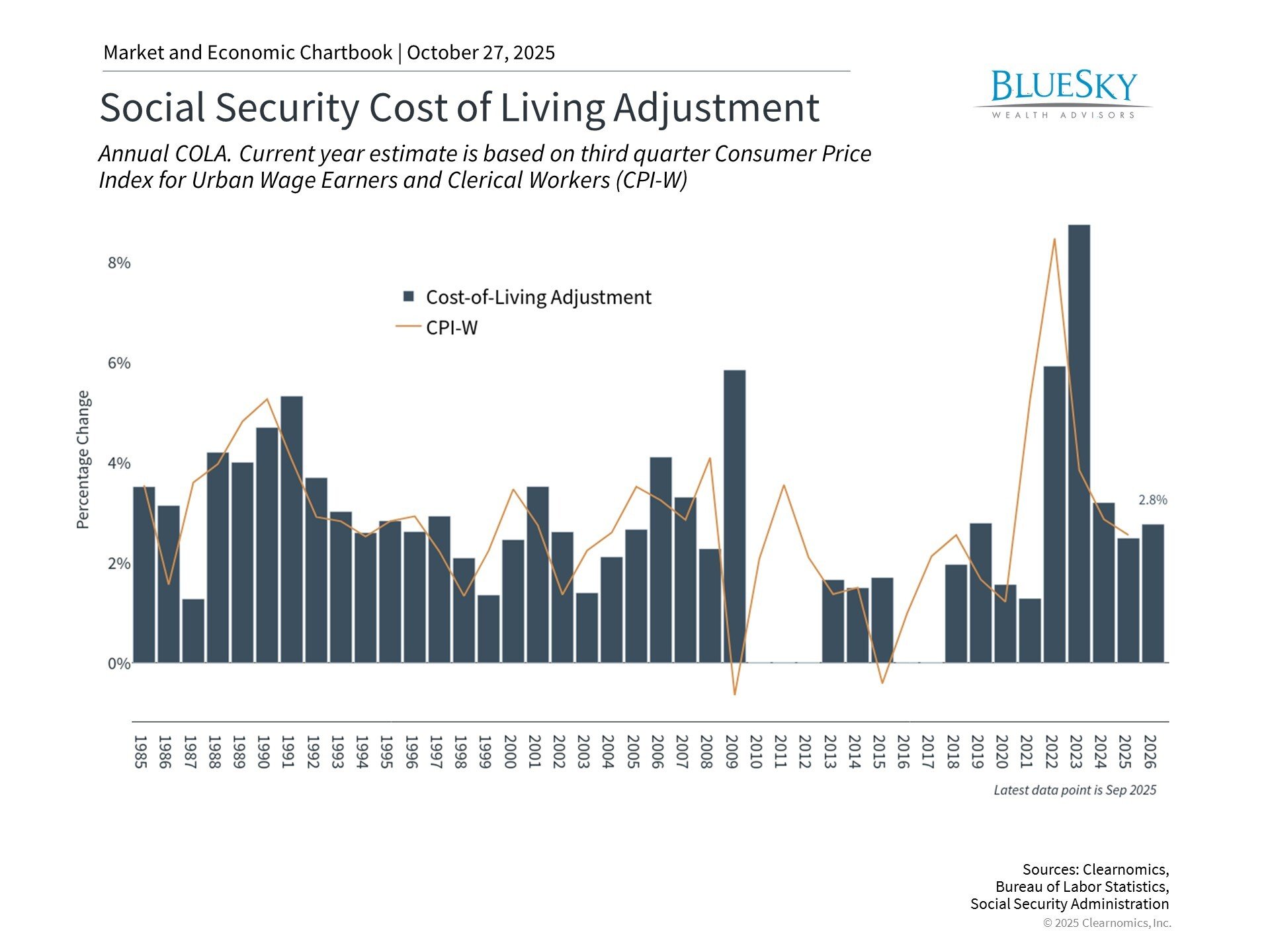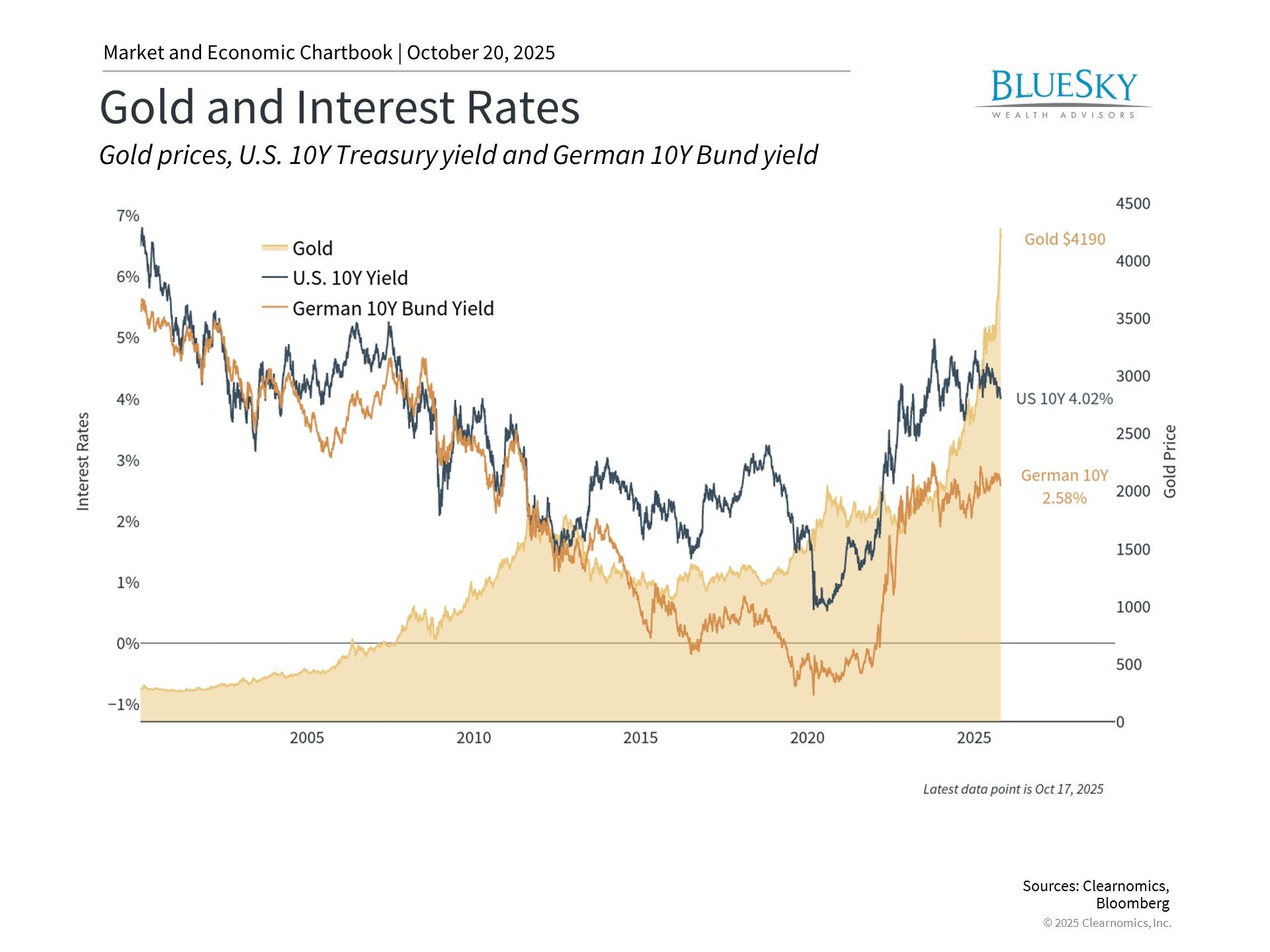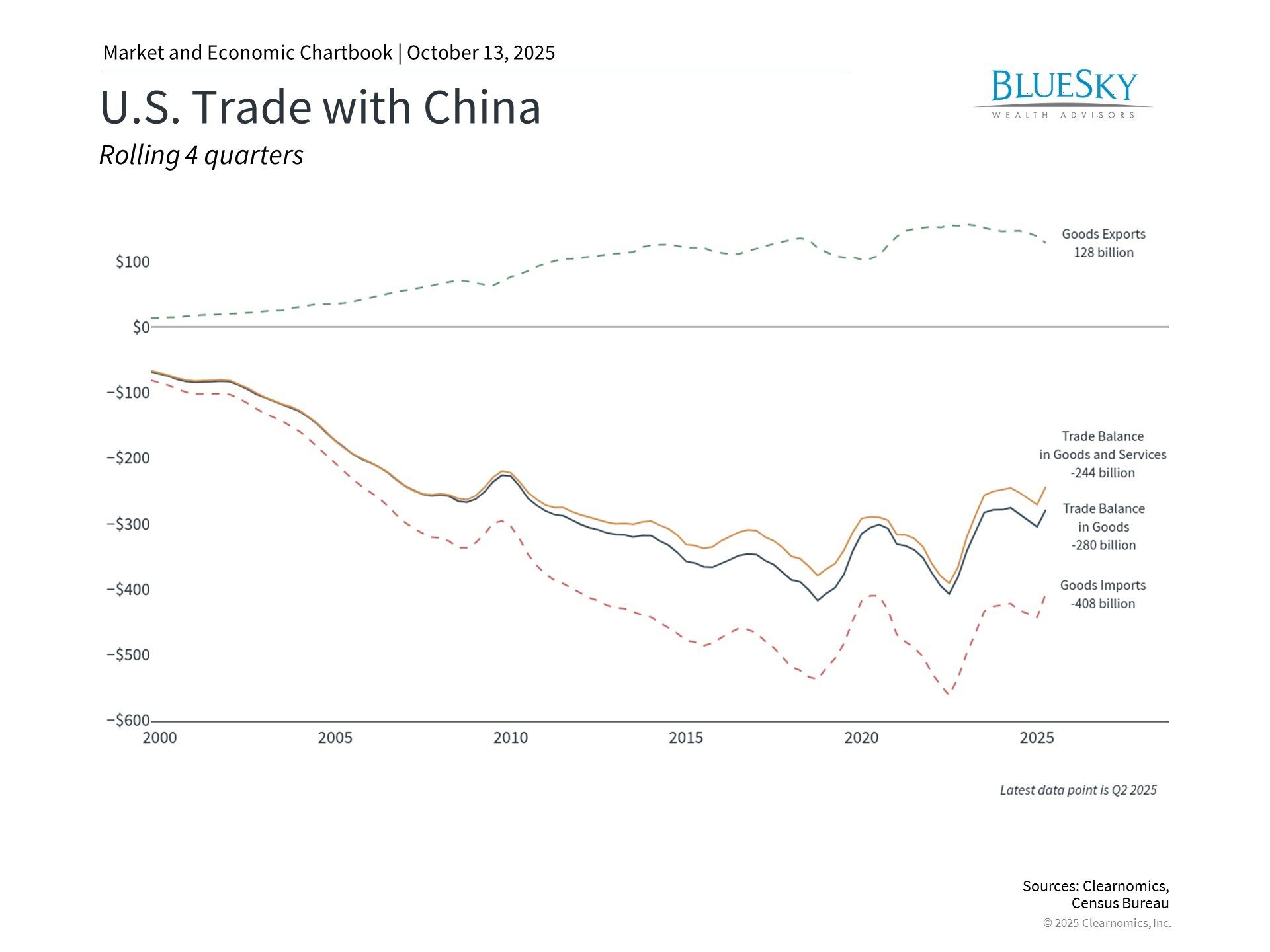
The Ultimate Guide to Discovering Income-Producing Investments
The Ultimate Guide to Discovering Income-Producing Investments

Quick Guide on Finding Income-Producing Assets:
- Real Estate Investments: Look for rental properties or join a real estate investment group.
- Dividend-Paying Stocks: Invest in companies with a history of paying high dividends.
- Bonds: Consider government or corporate bonds that offer regular interest payments.
- REITs: Real Estate Investment Trusts operate like stocks and distribute income from real estate.
- High-Yield Savings Accounts: Choose savings accounts offering higher interest rates.
- Peer-to-Peer Lending: Lend your money through platforms and earn interest as borrowers repay.
- Create and Sell an eBook: Turn your expertise into an income-generating eBook.
Embarking on the journey to secure financial independence through passive income and tax optimization requires a well-informed strategy to discover and leverage income-producing assets. Whether you’re just starting or seeking to diversify your portfolio, understanding the types of assets that can generate regular, reliable income is fundamental. This guide aims to demystify the process of identifying and investing in income-producing assets, catering specifically to individuals who value expert guidance while managing a busy lifestyle. From real estate and dividend-paying stocks to innovative online ventures like e-books, we will cover a broad spectrum of opportunities suitable for different investment goals and capital sizes.
Getting started doesn’t have to be overwhelming. With a clear focus on assets known for their income-producing capabilities, you can begin to build a portfolio that not only supports your current lifestyle but also secures your financial future. Let’s dive deeper into income-producing investments and how to find the ones that fit best with your financial goals and lifestyle aspirations.

Understanding Income-Producing Assets
When we talk about how to find income producing assets, we’re looking for ways to make our money work for us. These assets are like little workers, putting money into our pockets even when we’re not actively doing anything. Let’s break down what these assets are and how they can benefit you.
Income Streams
Income-producing assets provide you with regular payments. These can come in many forms, such as rent from a property, dividends from stocks, or interest from bonds. The key here is regularity, giving you a predictable flow of cash.
Cash Flow
The money that flows from these assets into your bank account is called cash flow. It’s the lifeblood of income investing. Positive cash flow means you’re earning more from the asset than it costs to maintain it.
Rental Properties
Real estate is a classic way to generate income. Whether it’s a single-family home, an apartment building, or commercial property, tenants pay rent, which can create a steady income stream. Location and property management are crucial for success here.
Dividend-Paying Stocks
Some companies share their profits with stockholders through dividends. Investing in these companies can provide you with a slice of their earnings regularly. Look for stable companies with a history of paying dividends.
Bonds
When you buy a bond, you’re lending money to an issuer (like a government or corporation) in exchange for regular interest payments. At the bond’s maturity, you get your initial investment back. Bonds are often seen as safer than stocks but usually offer lower returns.
Mutual Funds
These are investment vehicles that pool money from many investors to purchase a diversified portfolio of stocks, bonds, or other securities. Some mutual funds focus on generating income through dividends or interest.
Real Estate Investment Trust (REIT)
REITs allow you to invest in real estate without owning physical property. They pay out most of their taxable income as dividends to shareholders. It’s a way to get into real estate investing with less capital and complexity.
Certificate of Deposit (CD)
A CD is a time-bound deposit offered by banks with a fixed interest rate. It’s a low-risk investment but locks up your money for a period. The longer the term, the higher the interest rate you’ll usually earn.
Index Fund
An index fund is a type of mutual fund with a portfolio constructed to match or track the components of a financial market index, like the S&P 500. They provide broad market exposure and low operating expenses.
Private Equity
This involves investing directly in private companies. It’s a way to potentially earn high returns, but it’s riskier and requires more capital and expertise.
Cryptocurrency
Digital or virtual currencies that use cryptography for security. Some people invest in cryptocurrencies like Bitcoin or Ethereum for their potential to increase in value, but they’re highly volatile and risky.
Understanding these assets is the first step in building a diversified portfolio that can provide you with a steady income stream. Each has its own set of risks and rewards, so it’s important to do your research and consider your financial situation and goals before investing.
As we explore further, keep in mind that diversification is key. Don’t put all your eggs in one basket. By spreading your investments across different types of income-producing assets, you can reduce risk and increase the potential for steady returns.
Now, let’s move on to how you can start with minimal capital and gradually build a portfolio of income-generating assets.
How to Start with Minimal Capital
Starting your journey towards generating income through assets can seem daunting, especially if you’re starting with minimal capital. However, it’s entirely possible to begin with a small amount and grow your investments over time. Let’s explore how to find income producing assets with a focus on methods suitable for those with limited initial funds.
Raising Capital
The first step is to assess your current financial situation. Look for ways to cut unnecessary expenses and increase your savings rate. Simple changes in daily habits can free up more money than you might expect. Consider selling items you no longer need or use, or taking on a side job to boost your initial investment funds.
Fundraising for Investments
While traditionally associated with businesses, individuals can also engage in fundraising efforts. Crowdfunding platforms can be a resourceful way to gather small amounts of capital from a large number of people. This approach might be more suitable for those looking to start a business or invest in larger projects with others.
Savings Accounts and CDs
Begin with the basics. High-yield savings accounts and Certificates of Deposit (CDs) are straightforward, low-risk ways to start growing your capital. While the returns might not be substantial, they offer a risk-free way to accumulate more funds that can later be invested in higher-yield assets.
Low Minimum Investments
Search for investment opportunities with low entry points. Many online platforms now allow you to invest in stocks, bonds, and even real estate with as little as $10. This democratization of investing makes it easier than ever to start building a diverse portfolio without needing a large sum of money upfront.
Online Courses and E-books
Investing in knowledge can yield high returns. Online courses and e-books on financial literacy, investing strategies, and specific asset classes can empower you with the skills needed to make informed investment decisions. Sometimes, the best asset you can invest in is yourself.
Starting Small
The key is to start small and scale gradually. Consistency and patience are your allies. Even small, regular contributions to your investment accounts can grow significantly over time thanks to the power of compounding interest.
By focusing on these accessible starting points, you can begin your journey towards building a robust portfolio of income-producing assets, even with minimal capital. As your funds and experience grow, you can explore more diverse and potentially lucrative investment opportunities.
Next, we’ll dive into the top income-generating assets suitable for beginners, laying the groundwork for a solid investment strategy that can help achieve financial independence.
Top Income-Generating Assets for Beginners
Embarking on the investment journey can feel like navigating a vast ocean. Let’s simplify the voyage by focusing on five key assets that cater well to beginners. These assets provide a foundation for building a diversified portfolio that can grow with you over time.
Rental Real Estate
Owning rental property is a tangible way to generate income. Property management is crucial here; it involves finding reliable tenants and maintaining the property. While it requires effort, the potential for price appreciation makes it a worthwhile endeavor. Real estate can appreciate in value over time, providing not just income but also a valuable asset that can be sold later, often at a profit.
Dividend-Paying Stocks
Investing in stocks that pay dividends is like getting a paycheck from your investments. Look for companies in the S&P 500 or Dividend Aristocrats, which have a history of increasing dividends over time. ETFs (Exchange-Traded Funds) focusing on dividend stocks are also a great choice, offering diversification and reducing the risk associated with individual stocks.
Bonds and Bond Index Funds
Bonds are essentially loans you give to corporations or the government, and in return, they pay you interest. Treasury bills and corporate bonds are more stable, while high-yield bonds offer higher returns but come with increased risk. Bond index funds can offer a good mix, spreading out potential risks across various bonds.
Real Estate Investment Trusts (REITs)
REITs allow you to invest in real estate without owning physical property. They’re companies that own, operate, or finance income-generating real estate. You can choose between publicly-traded REITs, which are bought and sold on the stock market, and private REITs, which are not. Commercial properties are a common focus, offering the potential for significant income through rent and property appreciation.
Peer-to-Peer Lending
Platforms like Lending Club connect borrowers with investors directly. You can lend money to individuals or businesses and receive payments with interest. It’s important to conduct risk assessment to choose loans that match your risk tolerance. The interest rates on these loans can be higher than traditional savings accounts or CDs, reflecting the higher risk level.
Choosing the right mix of these assets depends on your financial goals, risk tolerance, and investment horizon. Diversification across different types of assets can help mitigate risks and provide a steadier income stream. Investing is a marathon, not a sprint. Patience and continuous learning are your best allies on this journey.
Next, we’ll explore how diversifying your portfolio with these and other income-producing assets can further enhance your financial stability and growth potential.
Diversifying Your Portfolio with Income-Producing Assets
Diversifying your investment portfolio is like planting a garden with different types of plants. Some will flourish in the sun, others in the shade, but together, they create a vibrant and resilient ecosystem. In investing, this means spreading your investments across various assets to reduce risk and potentially increase returns. Let’s dive into how you can diversify your portfolio with income-producing assets.
Real Estate
Real estate is a cornerstone of many diversified portfolios. Whether you’re investing in rental properties, commercial real estate, or land, the key is to find properties that will appreciate over time and generate rental income. Location is everything. A well-chosen property in a growing area can provide both steady income and significant appreciation.
Stocks
Dividend-paying stocks are a great way to receive regular income from your investments. Companies that pay dividends tend to be more stable and less volatile. Look for stocks with a history of consistent dividend payments and consider diversifying across sectors to mitigate risk.
Bonds
Bonds are essentially loans you give to a corporation or government, in exchange for regular interest payments. They are generally considered safer than stocks but offer lower returns. Diversifying your bond investments by type (government, municipal, corporate) and maturity can help manage risk and provide steady income.
REITs
Real Estate Investment Trusts (REITs) allow you to invest in real estate without having to buy property directly. They often offer high dividend yields and can be a more liquid alternative to physical real estate. Diversifying across different types of REITs (e.g., commercial, residential, healthcare) can enhance your portfolio’s resilience.
Farmland
Investing in farmland might seem unconventional, but it can be a stable income-producing asset. Farmland has shown to be relatively immune to economic downturns, and with the growing demand for food, it can be a solid long-term investment.
Annuities
Annuities are insurance products that can provide a steady income stream in retirement. They can be complex and come in various forms, so it’s crucial to understand the terms before investing. Annuities can be a part of a diversified retirement strategy, providing peace of mind with guaranteed income.
Websites
Digital real estate, such as websites or online businesses, can generate significant income through advertising, affiliate marketing, or selling products/services. The initial investment can be low, but it requires time and effort to grow. Diversifying across different niches or business models can reduce risk.
Money Market Accounts
Money market accounts offer higher interest rates than traditional savings accounts and are FDIC insured, making them a safe place to park your cash. They can provide liquidity and a modest income, serving as a good counterbalance to more volatile investments.
Royalties
Investing in royalties means receiving a percentage of the revenue from intellectual property, like music, patents, or mineral rights. This can be a way to earn passive income from assets that require little to no maintenance.
Building a Business
Starting or investing in a business can be one of the most rewarding ways to generate income. Whether it’s a brick-and-mortar store, an online venture, or a partnership, owning a business puts you in control of your financial future. Diversification can come from investing in different industries or business models.
Cryptocurrency DeFi
Decentralized Finance (DeFi) platforms offer innovative ways to earn income through cryptocurrency. From yield farming to staking, DeFi can offer high returns but comes with high risk, including volatility and security issues. It’s essential to do thorough research and consider it a small part of a diversified portfolio.
In Summary, diversifying your portfolio across various income-producing assets can help mitigate risks and provide a steadier income stream. Each asset class comes with its own set of risks and rewards, so it’s crucial to do your homework and possibly consult with a financial advisor. The goal is to build a portfolio that aligns with your financial objectives, risk tolerance, and time horizon.
Keep in mind that diversification is not just about spreading your investments but also about understanding and actively managing them to achieve your long-term financial goals.
Frequently Asked Questions about Income-Producing Assets
When it comes to how to find income producing assets, there are several questions that frequently come up. Here’s a straightforward breakdown to help guide you through the maze of options available.
What are the safest income-producing assets?
The term “safe” can be subjective, but generally, the safest income-producing assets are those with lower volatility and a consistent track record of returns.
- Bonds and Bond Index Funds: Government and high-quality corporate bonds are considered some of the safest investments. They provide regular interest payments, and the principal is returned at maturity.
- Certificates of Deposit (CDs): Insured by the FDIC up to $250,000, CDs offer a fixed interest rate over a specified term. They’re a low-risk way to earn a return on your cash.
- Real Estate Investment Trusts (REITs): Publicly-traded REITs offer liquidity and income through dividends. They invest in a diversified portfolio of income-generating real estate.
How can I generate passive income with little money?
Generating passive income with a small initial investment is entirely possible. Here are a few ways to get started:
- Dividend-Paying Stocks: Some companies pay dividends to shareholders. You can start investing in these stocks with a relatively small amount of money through a brokerage account.
- Peer-to-Peer Lending: Platforms like Lending Club allow you to lend money to individuals or small businesses online, earning interest as they repay their loans.
- REITs and Crowdfunding Platforms: Some real estate crowdfunding platforms and REITs have low minimum investment requirements, making it easier to start investing in real estate.
What are the best income-producing assets for long-term growth?
For long-term growth, consider assets that not only provide income but also have the potential for capital appreciation.
- Real Estate: Whether through direct ownership or crowdfunding platforms, real estate can offer rental income and price appreciation over time.
- Stocks and Index Funds: Investing in the stock market or low-cost index funds can provide dividends and significant growth potential over the long term.
- Cryptocurrency and DeFi: For those with a higher risk tolerance, certain cryptocurrency-based income streams, such as staking or yield farming, can offer high returns.
The key to successful investing in income-producing assets is research, diversification, and a clear understanding of your risk tolerance. Whether you’re starting with a small amount of capital or looking to grow your portfolio for the long term, there are numerous options to explore. Always consider consulting with a financial advisor to align these investments with your overall financial goals.
As we delve into more specific strategies and considerations for selecting the right income-producing assets for your portfolio, keep these FAQs in mind as a foundation for your investment journey.
Conclusion
As we wrap up our journey through income-producing assets, it’s clear that the path to financial security and passive income is both diverse and accessible. From real estate to REITs, from bonds to dividend-paying stocks, there are numerous avenues to explore, each with its own set of risks and rewards. However, navigating this landscape requires more than just knowledge; it demands a strategic partner who can guide you through the complexities of investment options, aligning them with your personal financial goals and risk tolerance.
This is where BlueSky Wealth Advisors steps in. Our approach to investment isn’t just about picking the right assets; it’s about crafting a holistic financial plan that supports your life’s ambitions. We understand that every investor’s journey is unique, and there are no one-size-fits-all solutions. Whether you’re starting with minimal capital or looking to diversify an already robust portfolio, our team is dedicated to providing personalized advice that considers every aspect of your financial picture.

Our philosophy is grounded in the belief that a well-diversified portfolio, balanced between aggressive and conservative investments, is key to achieving long-term financial success. We prioritize assets that not only generate income but also contribute to the stability and growth of your portfolio over time. By focusing on a globally-diversified passive mix of assets, keeping portfolio expenses low, and employing tax efficiency strategies, we aim to maximize your returns while minimizing risks.
In conclusion, the journey to finding and investing in income-producing assets is an exciting venture that can significantly impact your financial future. At BlueSky Wealth Advisors, we’re committed to helping you navigate this journey, offering expert advice and tailored strategies to ensure your investment choices align with your broader financial objectives.
For more insights and guidance on how to find income producing assets and to learn more about our services, visit our passive income category page. Let us help you build a financial foundation that not only meets your needs today but also secures your legacy for tomorrow.
Investing in income-producing assets is a powerful step toward financial independence and security. With the right approach and a trusted advisor by your side, the possibilities are endless. Thank you for reading, and here’s to your success on the investment journey ahead.





